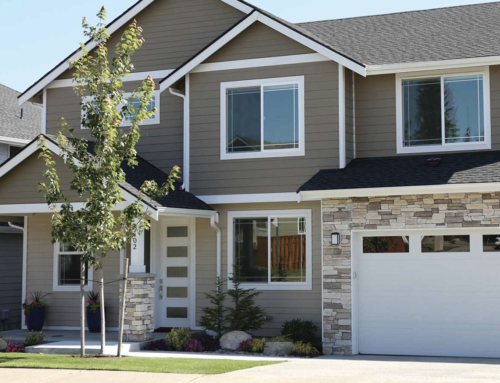 Roofing, siding, and windows are all critical components of a building’s envelope and can have a significant impact on its energy efficiency. In this blog post, we’ll explore the ways in which these elements can be optimized to reduce energy consumption and lower utility bills.
Roofing, siding, and windows are all critical components of a building’s envelope and can have a significant impact on its energy efficiency. In this blog post, we’ll explore the ways in which these elements can be optimized to reduce energy consumption and lower utility bills.
First, let’s talk about roofing. A well-insulated roof can help to keep a building cool in the summer and warm in the winter. One way to achieve this is by using reflective roofing materials that can reflect sunlight, rather than absorbing it. This can help to reduce the amount of heat that enters the building, which in turn can lower cooling costs. Additionally, using a high-R-value insulation can help to keep the building warm in the winter by reducing heat loss.
Another key aspect of roofing is proper ventilation. A properly ventilated roof can help to reduce the amount of moisture that builds up in the attic, which can lead to mold and mildew. This can be achieved by installing vents in the roof or soffit, which allow warm air to escape, and cooler air to enter.
Moving on to siding, it is important to choose materials that are both durable and energy-efficient. Vinyl siding, for example, is a popular choice because it is low-maintenance and energy-efficient. It does not absorb heat, which can help to keep the building cool in the summer. Additionally, it is a good insulator, which can help to keep the building warm in the winter.
Finally, let’s talk about windows. Windows can have a significant impact on a building’s energy efficiency. One way to improve energy efficiency is by using low-E (low-emissivity) glass. This type of glass is coated with a special material that helps to reduce heat loss in the winter and heat gain in the summer. Additionally, using double-paned windows can help to reduce heat loss by creating an insulated airspace between the two panes of glass.
Another way to improve energy efficiency is by using window treatments such as curtains, shades, or blinds. These can help to reduce the amount of sunlight that enters the building, which can lower cooling costs.
In conclusion, there are many ways to improve the energy efficiency of roofing, siding, and windows. From using reflective roofing materials and high-R-value insulation, to choosing energy-efficient siding and windows, there are many options available to help lower energy consumption and utility bills.
If you are unsure if your home is as efficient as possible, we offer free estimates. Contact us today for more information.




